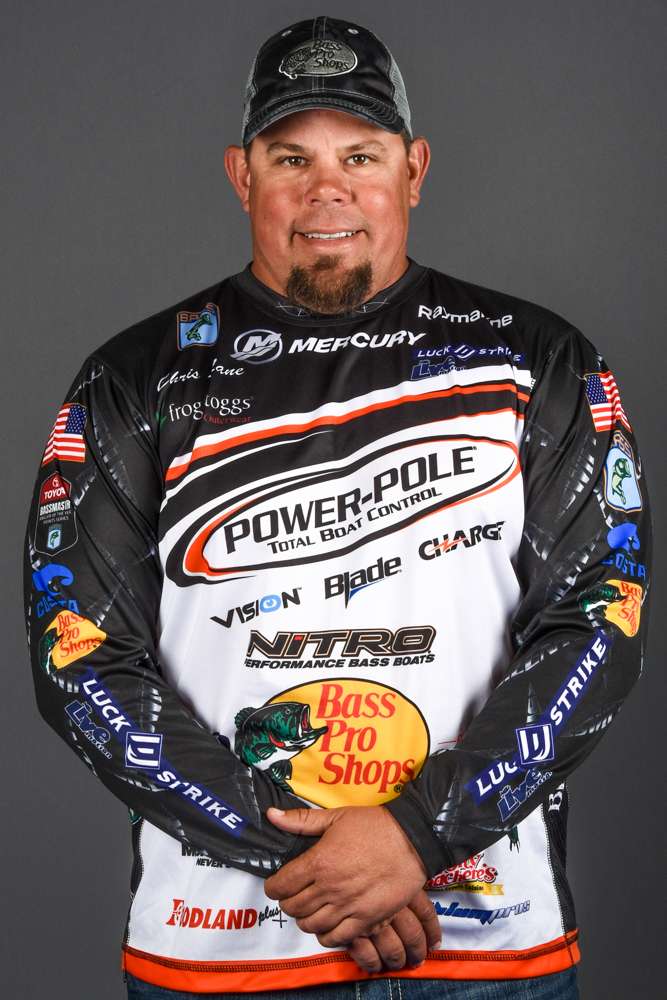For the next couple of weeks we’re going to talk about crankbaits and bass. There are a number of reasons for this but the primary one is that you can almost always catch a few fish with one if you follow some basic rules. And for most anglers — those that are just fishing to have a good time in the outdoors — catching a few fish will make for a good day.
Let’s begin by discussing design characteristics. The first has to be running depth. If your bait isn’t running at the depth where the fish are feeding, you’re behind the eight ball before you start. Once you figure out where your fish are feeding you should pick a crankbait that runs at that depth.
In the modern world that’s not very hard. There are crankbaits on the market that run as shallow as a foot, and there are others that get down well below 20 feet.
Line size, or more accurately line diameter, has a bigger impact on running depth than a lot of anglers think. I generally throw my crankbaits on 10- or 12-pound-test Stren Fluorocarbon. It’s strong, holds up well under repeated casting and it’s thin so I get all the depth out of my lure that it’s capable of giving me.
The next consideration is color. And yes, color matters. In fact, it matters a lot. That does not mean, however, that if you don’t carry 20 colors in every crankbait you own you’re doomed to failure. The trick is to match the hatch within reasonable limits.
If the bass are feeding on shad or alewives, you should be throwing a pattern that looks something like a shad or an alewife. If the bass are feeding on crawfish, you should throw a pattern that looks something like a crawfish.
The thing is, though, that you can’t match everything perfectly. A shad finish is a shad finish. There might be 100 versions of it out there but they’re all pretty close to the same — light colored sides with dark backs. Crawfish are the same. Some of them are red, some are green, some are brown, and I’ve even seen a few of them that have a blue cast to them. Pick a crawfish lure with one of those colors on it and start fishing.
The last thing I want to talk about is hooks. Make sure that every bait you buy has good hooks. A good crankbait hook is thin, but not thin enough that the bass can straighten it out. It’s also sharp and will stay that way when you drag it through grass, wood or rock.
One thing I haven’t mentioned is wide wobble versus tight wobble and rattle versus no rattle. I suppose that as a general rule you might want to throw a wide wobble bait or one with a rattle when the water has some color to it, but switch to one with a tight wobble or no rattle when the water is clear.
There are a thousand exceptions to those rules, however. It’s just as good to go with your gut and with whatever you have the most confidence in.
In Part 2, we’ll look at rods and reels very quickly and then talk about how to stock your crankbait boxes.
Chris Lane’s column appears weekly on Bassmaster.com. You can also find him on Twitter and Facebook or visit his website, www.chrislanefishing.com.





